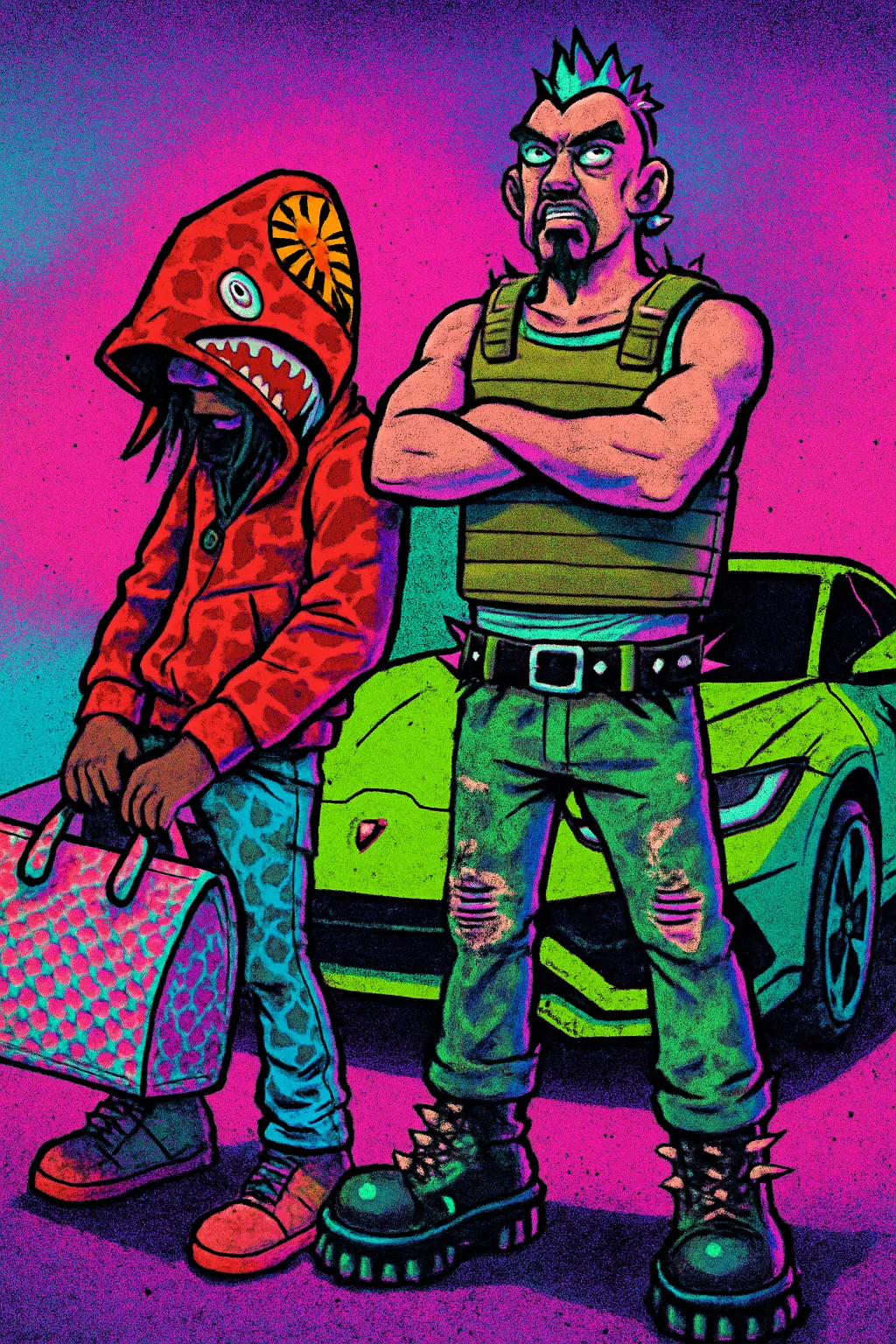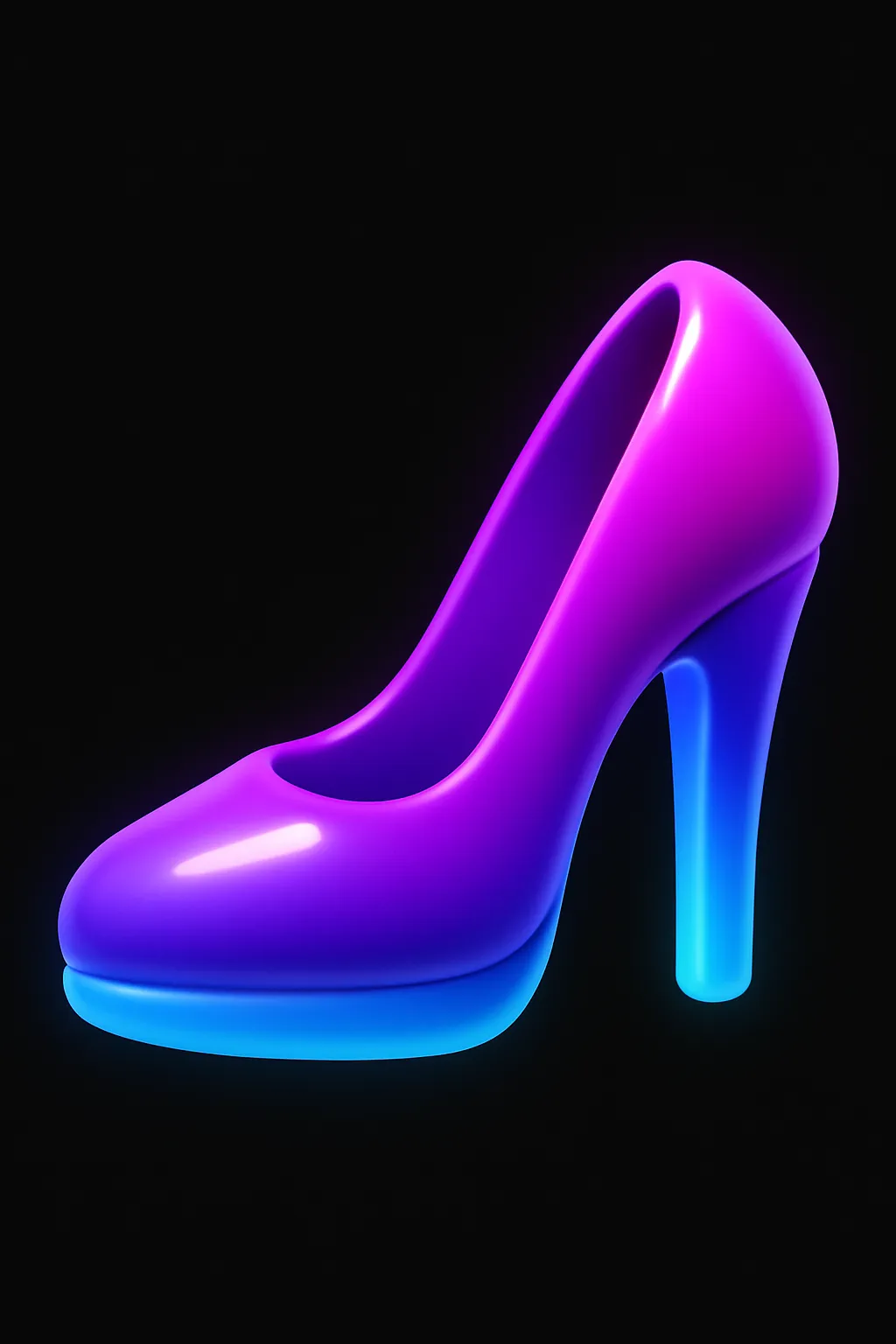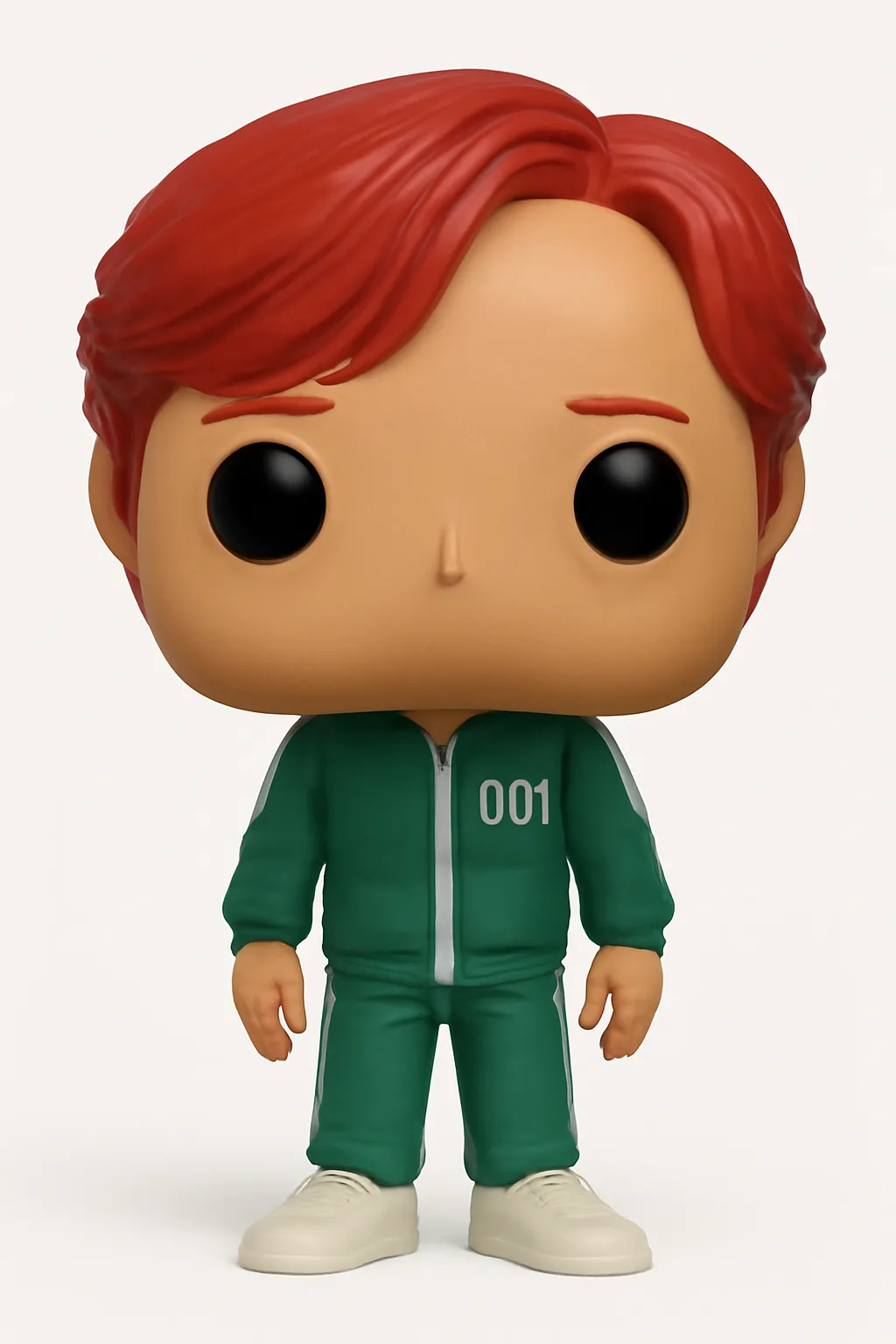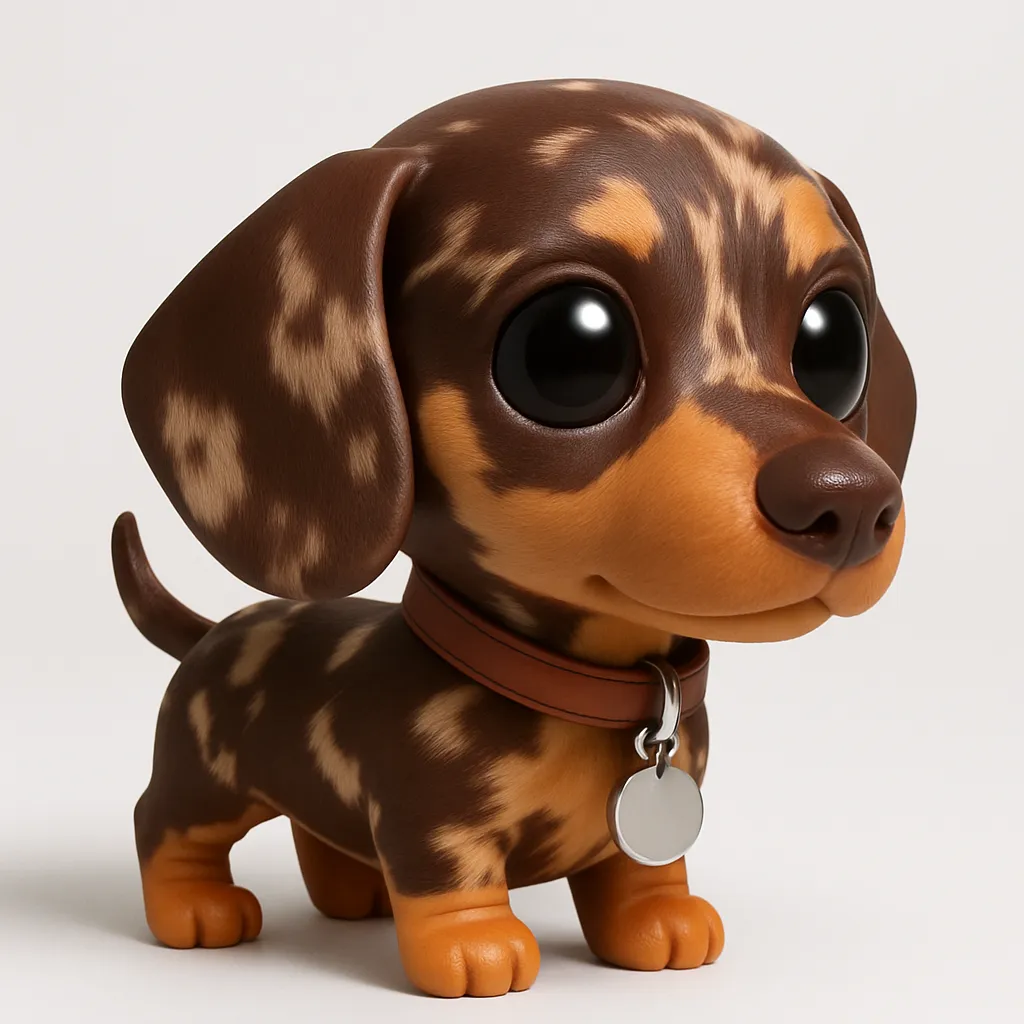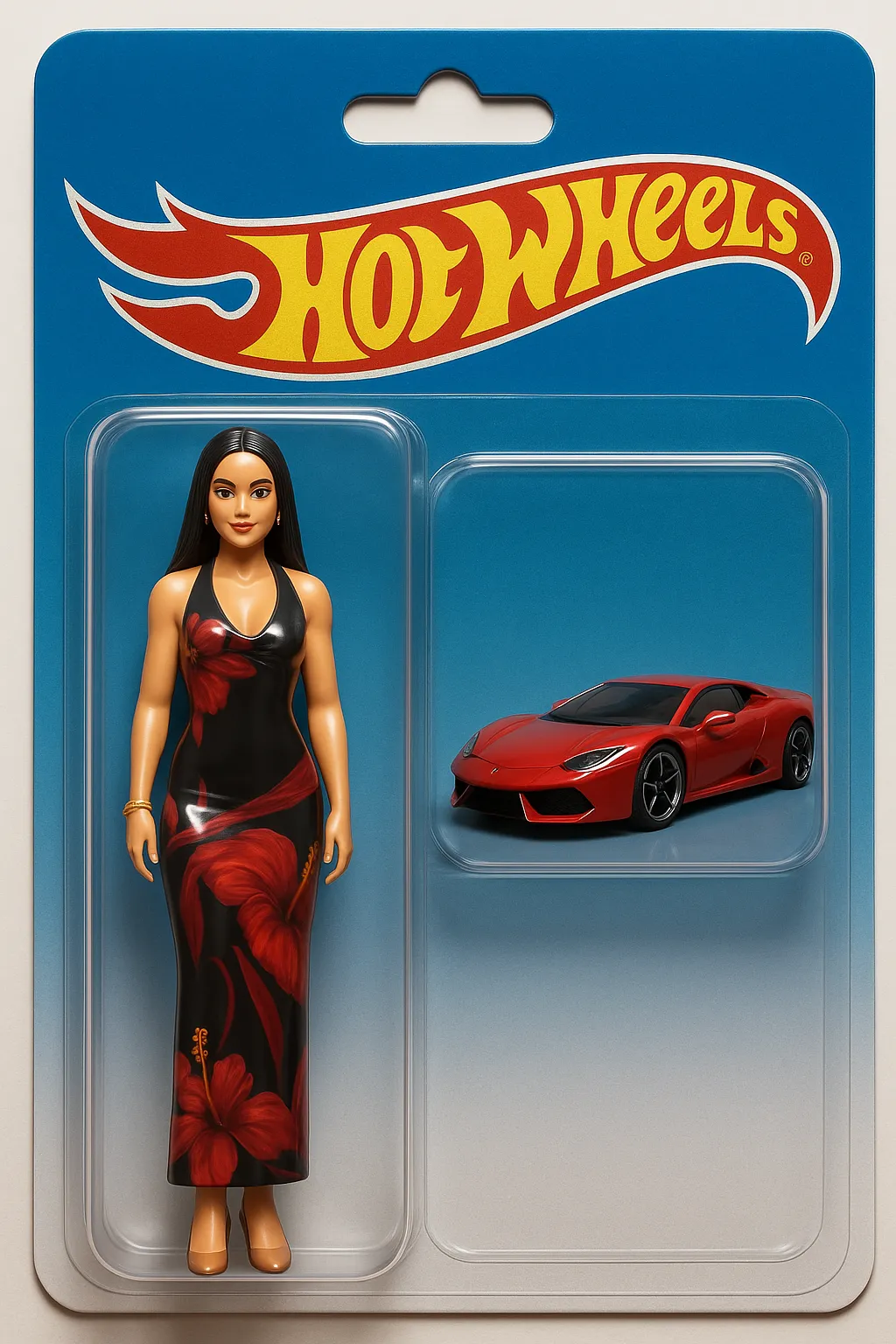Absolutely! I’ve been in the sustainable fashion space for a few years now, targeting eco-conscious Gen Z and Millennials with a small-to-medium scale brand. It’s been a rewarding journey, but definitely full of lessons. Here are the five most important things I learned — including the mistakes, what worked well, and what I’d tell my past self if I could start over:
1. Authenticity and Transparency Build Trust — Don’t Skimp on It
What I got right: From day one, we were very transparent about our sourcing, manufacturing, and even pricing strategy. We shared stories behind every material, how it was sourced, and the people involved, which resonated deeply with Gen Z and Millennial buyers who expect brands to be genuine.
Biggest mistake: Early on, I tried to gloss over some supply chain challenges to keep the brand image ‘perfect.’ This backfired when customers found out, leading to a temporary loss in trust.
Advice: Be brutally honest—even about shortcomings. Customers deeply appreciate transparency and are more forgiving if they feel you're genuine. Don’t treat sustainability as a marketing buzzword but as an integral part of your brand DNA.
2. Start Small, Test Often, and Iterate Quickly
What I got right: Instead of launching a large product line immediately, we started with a small capsule collection and used customer feedback to iterate designs, fit, and messaging. This helped keep inventory manageable and reduced waste.
Biggest mistake: Spending too much upfront on large production runs without validating product-market fit. This led to excess inventory and cash flow strain, which is particularly painful in sustainable fashion where materials can be costly.
Advice: Lean on pre-orders or limited runs initially to test. Engage your community early and listen to their input—especially on fit, style, and sustainability claims.
3. Sourcing and Manufacturing Takes More Time and Money Than You Expect — Plan Accordingly
What I got right: We prioritized suppliers who shared our values, even though they were sometimes more expensive or slower than mass-market manufacturers.
Biggest mistake: Underestimating lead times and costs associated with ethical materials and fair labor practices. We had inventory delays and missed sales windows because we didn’t build realistic buffers into the timeline.
Advice: Build strong relationships with your suppliers and manufacturers. Visit them if possible. Factor in significant buffer time in your planning, and don’t sacrifice ethical standards to speed things up.
4. Community Engagement Is a Powerful Growth Engine
What I got right: We nurtured a brand community on social media by sharing behind-the-scenes content, sustainability education, and user-generated stories. This created a loyal customer base that was also our best marketing channel.
Biggest mistake: Early on, I relied too heavily on traditional ads and influencer “pay-to-play” campaigns that didn’t feel authentic. This drained budget and didn’t convert well.
Advice: Invest time in building real relationships and community-driven content. Encourage customers to share their stories and incentivize repeat purchases through loyalty or referral programs.
5. Sustainability Is a Journey, Not a Destination
What I got right: We communicated that our brand is committed to continuous sustainability improvement. We set measurable goals and shared progress openly.
Biggest mistake: At first, I wanted everything to be perfect launch-day—zero-waste, carbon neutral, 100% recycled materials. This paralysis delayed our market entry and created unrealistic expectations.
Advice: Accept that sustainability is iterative. Start with the most impactful initiatives you can manage and improve over time. Your customers will respect your commitment to progress, not perfection.
Final Thought — Advice to My Past Self:
“Start with your community, be authentic, and embrace imperfections. Prioritize relationships — with customers, suppliers, and partners — over quick wins. Sustainable fashion is a marathon, not a sprint. Don’t be afraid to learn and pivot, and remember that transparency is your greatest asset.”
If you want, I can also suggest some specific tools, supplier networks, or marketing tactics that worked well for us. Just let me know!
Inputs used
Lessons Learned from a Similar Startup
Prompt body


